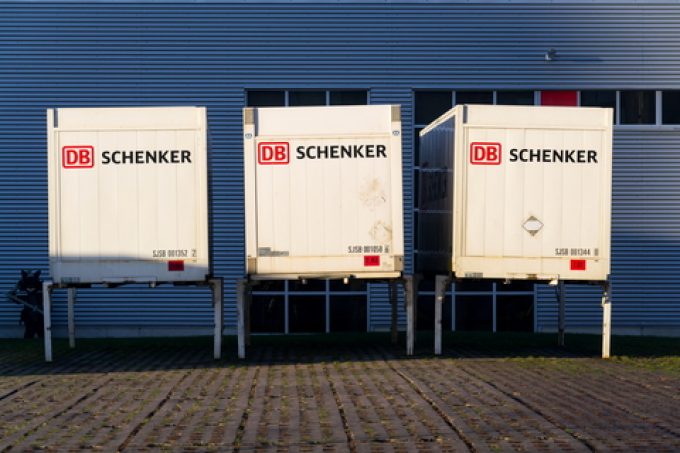Forward Air – another sales pitch
Building on shaky foundations

Following its last three major acquisitions – UTi, Panalpina and Agility – DSV dismissed around 45% of the new employees as the businesses were integrated – a strategy which could stymie its potential acquisition of Deutsche Bahn-owned DB Schenker, according to analysis by Bernstein.
“DSV is ...

Comment on this article